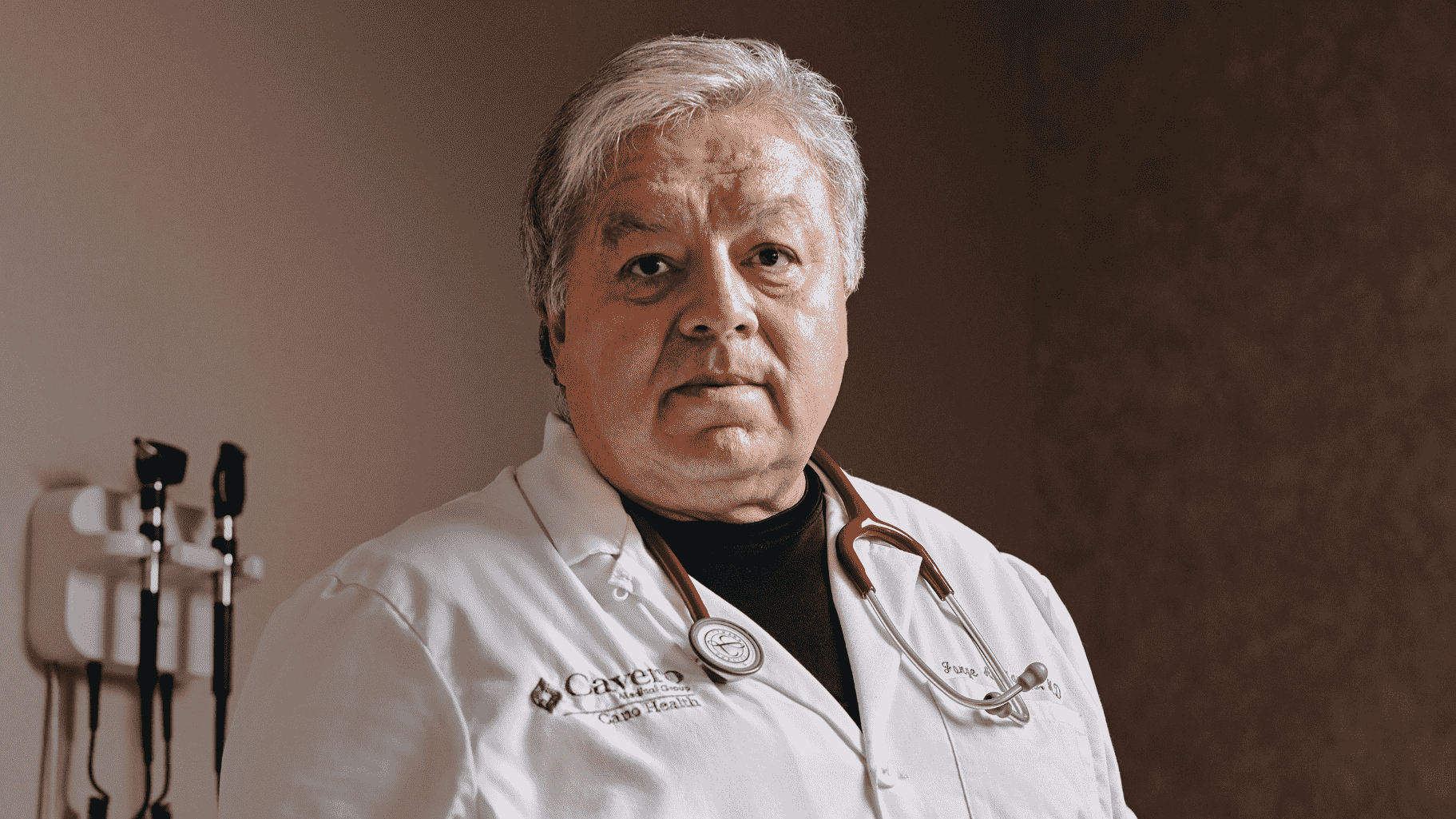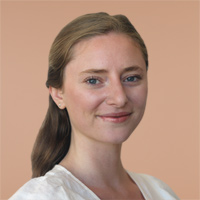A Doctor Invests in His Community
Dr. Jorge Cavero runs a clinic for underserved Latino neighborhoods and funds med school scholarships.


Who: Dr. Jorge Cavero, age 63
What: Founder of Cavero Medical Group community health center
Where: Chicago

Sign up for Kiplinger’s Free E-Newsletters
Profit and prosper with the best of expert advice on investing, taxes, retirement, personal finance and more - straight to your e-mail.
Profit and prosper with the best of expert advice - straight to your e-mail.
Your health center serves the Latino community on Chicago’s southwest side. How did the health center come about? I came to the U.S. when I was about 6 and grew up on the south side of Chicago. A lot of the motivating part for me to become a physician came from my dad, who was a physician and very involved with the community. He had a small clinic in an area with great need for care, especially for the Latino population. I started helping out, and that’s where the idea came from. I decided to elevate the level of care.
How did the community respond? At first, we had no support, really, from local hospitals and organizations. But you know in your heart, in your spirit, that it is the right thing to do. So we built out a space there. I think the first patient we saw was probably in about 1994. It was a very cold January—typical Chicago weather. And I believe that the patients just came in to really stay out of the cold. Word in the neighborhood spread, which confirmed the great need for a clinic. Everything we did was with the community in mind. We had extended hours. We had weekend hours. We were doing things that others weren’t doing at the time. After about six or seven years, we grew to be the largest Latino primary care office in the state of Illinois. We were seeing about 26,000 visits a year, probably 99% Hispanic. We’re now in the process of buying two buildings next door, and we’re going to expand it into a 20,000-square-foot facility.
How would you describe your patients? In the early times, it was first-generation immigrants, working-class poor. Many of them had government insurance, and that just wasn’t something that a lot of physicians favored. But we took all comers. We worked very good deals with some of the lab corporations and some of the local x-ray companies. Our patients are all largely still at the poverty line or below. And we continue to welcome all despite insurance.
Do you use volunteers? No, they’re all employees. We’ve recruited them from the neighborhood. Many of them had no medical training and we taught them how to be medical assistants and front desk people. And we paid for their certifications. If they had to go back to school and take some classes, we covered that, too.
You also invest in scholarships for Latino medical students? I realized that when you looked around the residency programs and the medical centers in the city, there were very few Latino people studying medicine. There are many reasons, but the thing that we could fix was that many of these people didn’t want to go to school because of the cost. So I went to the University of Illinois’s head of the Hispanic Center of Excellence responsible for recruiting Latinos to study medicine, and at the time they were supporting about six to 10 Latino students out of a freshman class of about 300. I gave him a check for $25,000 right there and said, “This is my first check to you, and we’re going to start a scholarship fund.” As time went on, we raised it higher and higher. We were able to attract a lot of interest from companies, and everybody started giving $10,000 and even $20,000 per year. Over the years, we’ve given the university well over $1.5 million.
What motivates you? People ask me if I invest, and I say, “I’m investing in the youth studying medicine.” I give my money to scholarships instead of the stock market. What does that give you at the end of the day? A thank you. But when I take that thank you home, it means that I’m going to help this kid get through medical school, and he’s going to become a doctor. He’s going to go out to the community and see 25, 30 people a day for the rest of his professional life, and he’s going to take away pain. He’s going to help control disease, educate people on how to have a better, healthier life. We have helped over 130 kids get through medical school. My wife, a pediatric E.R. doctor at Lurie Children’s Hospital, and I have this motto: We would like to leave this place better than we found it.
Get Kiplinger Today newsletter — free
Profit and prosper with the best of Kiplinger's advice on investing, taxes, retirement, personal finance and much more. Delivered daily. Enter your email in the box and click Sign Me Up.

Emma Patch joined Kiplinger in 2020. She previously interned for Kiplinger's Retirement Report and before that, for a boutique investment firm in New York City. She served as editor-at-large and features editor for Middlebury College's student newspaper, The Campus. She specializes in travel, student debt and a number of other personal finance topics. Born in London, Emma grew up in Connecticut and now lives in Washington, D.C.
-
 The AI Doctor Coming to Read Your Test Results
The AI Doctor Coming to Read Your Test ResultsThe Kiplinger Letter There’s big opportunity for AI tools that analyze CAT scans, MRIs and other medical images. But there are also big challenges that human clinicians and tech companies will have to overcome.
By John Miley Published
-
 The Best Places for LGBTQ People to Retire Abroad
The Best Places for LGBTQ People to Retire AbroadLGBTQ people can safely retire abroad, but they must know a country’s laws and level of support — going beyond the usual retirement considerations.
By Drew Limsky Published